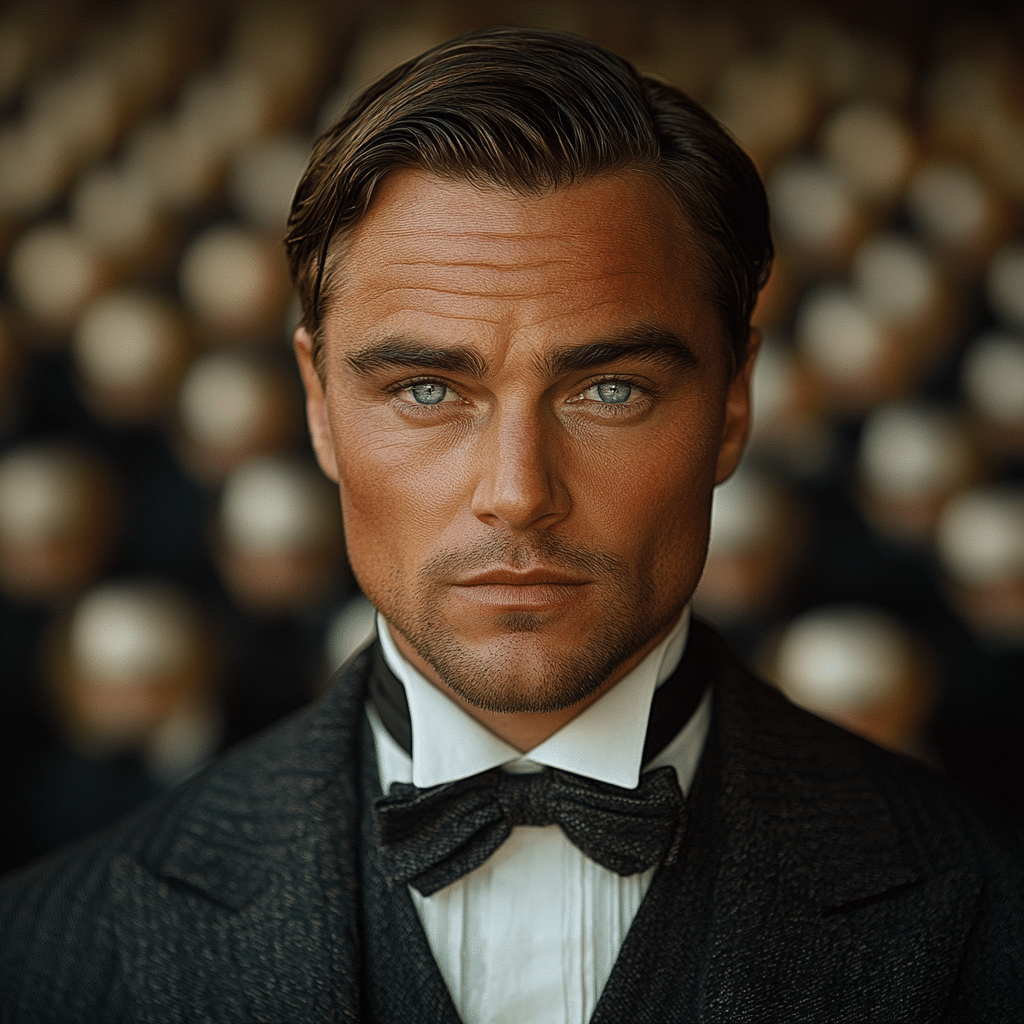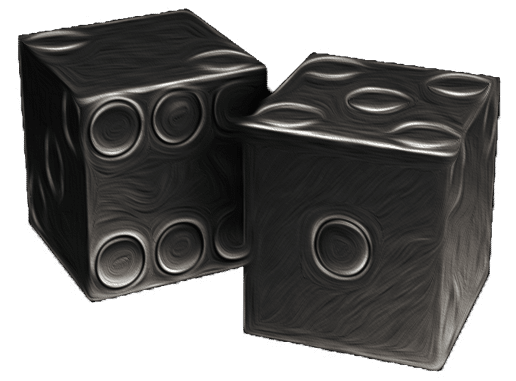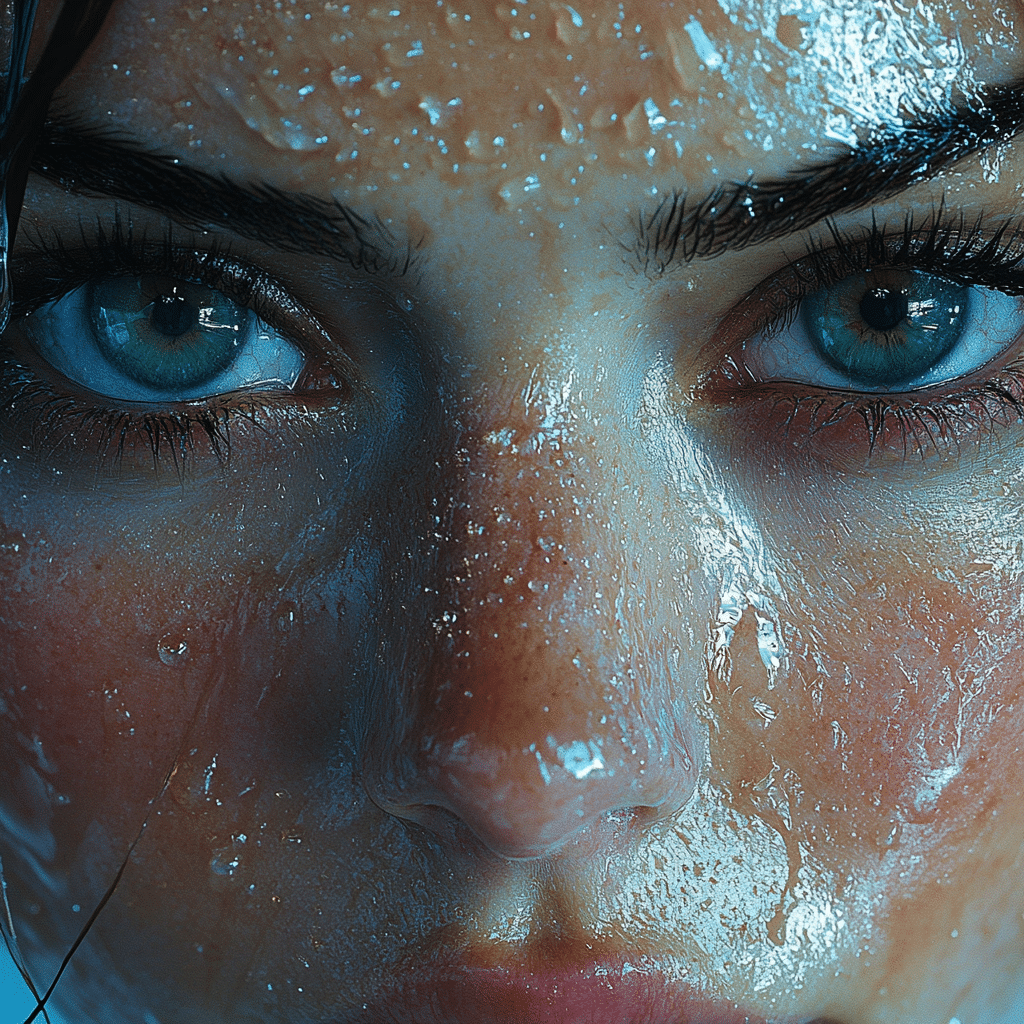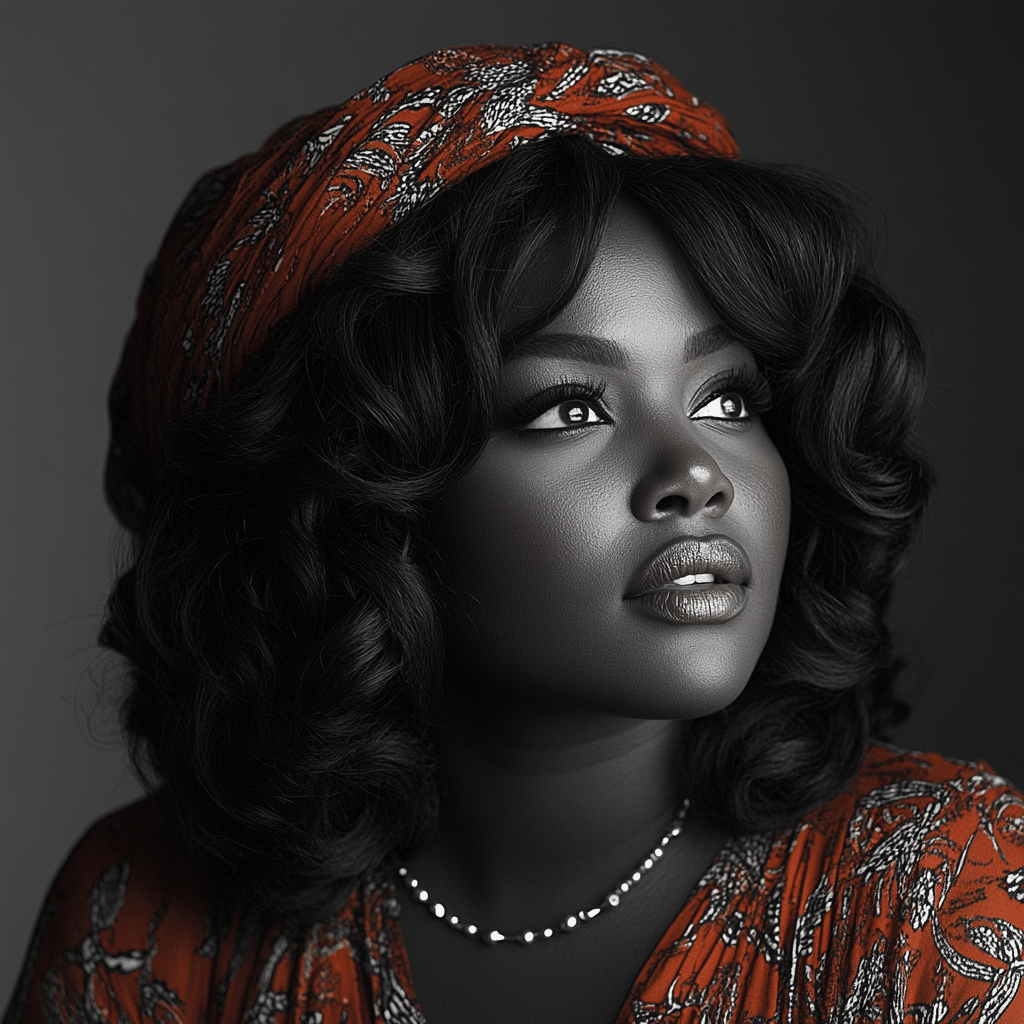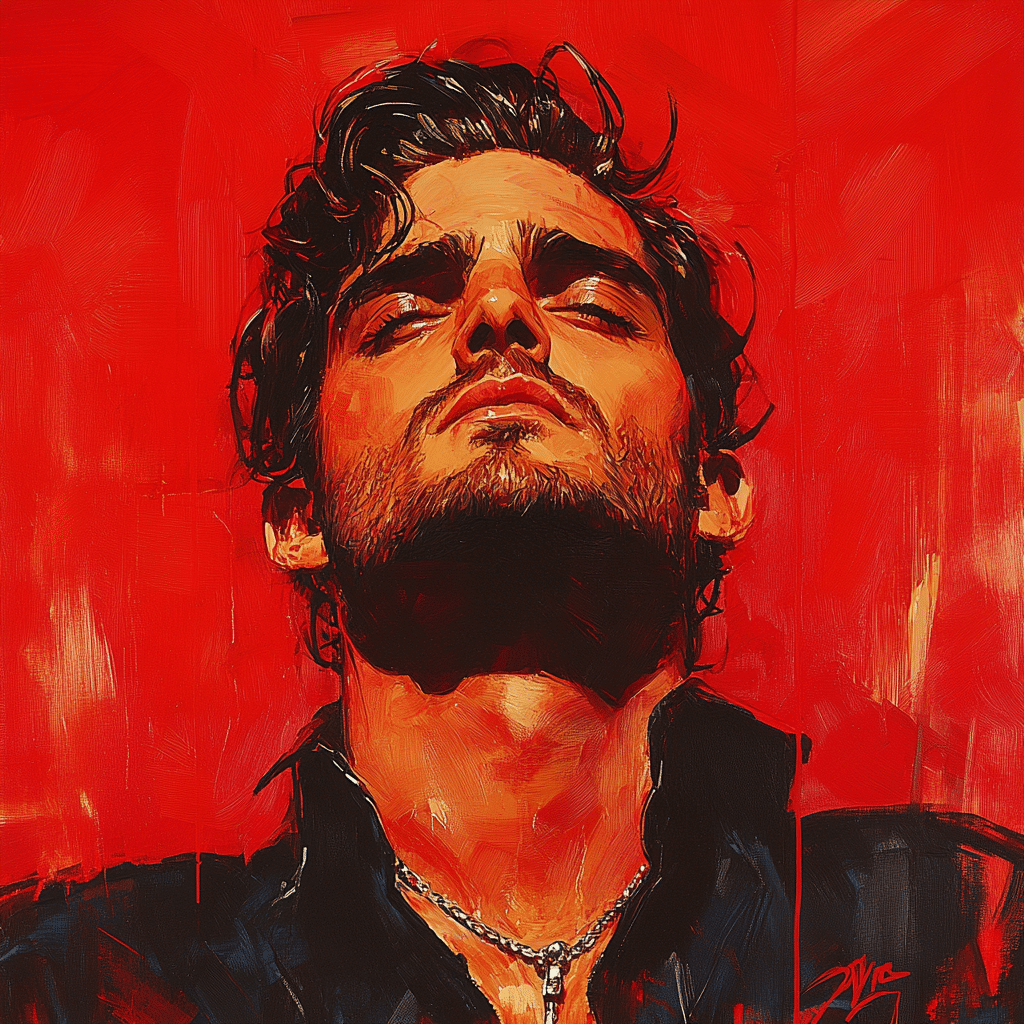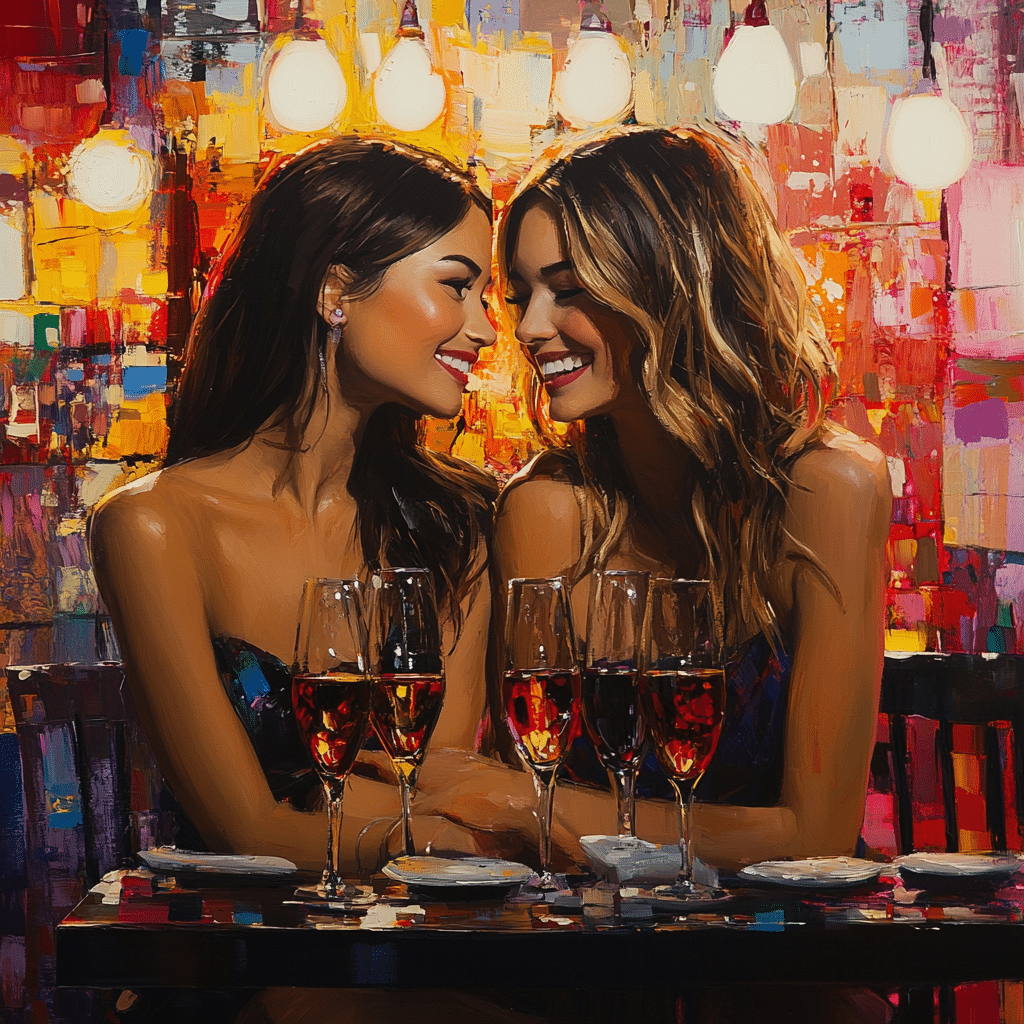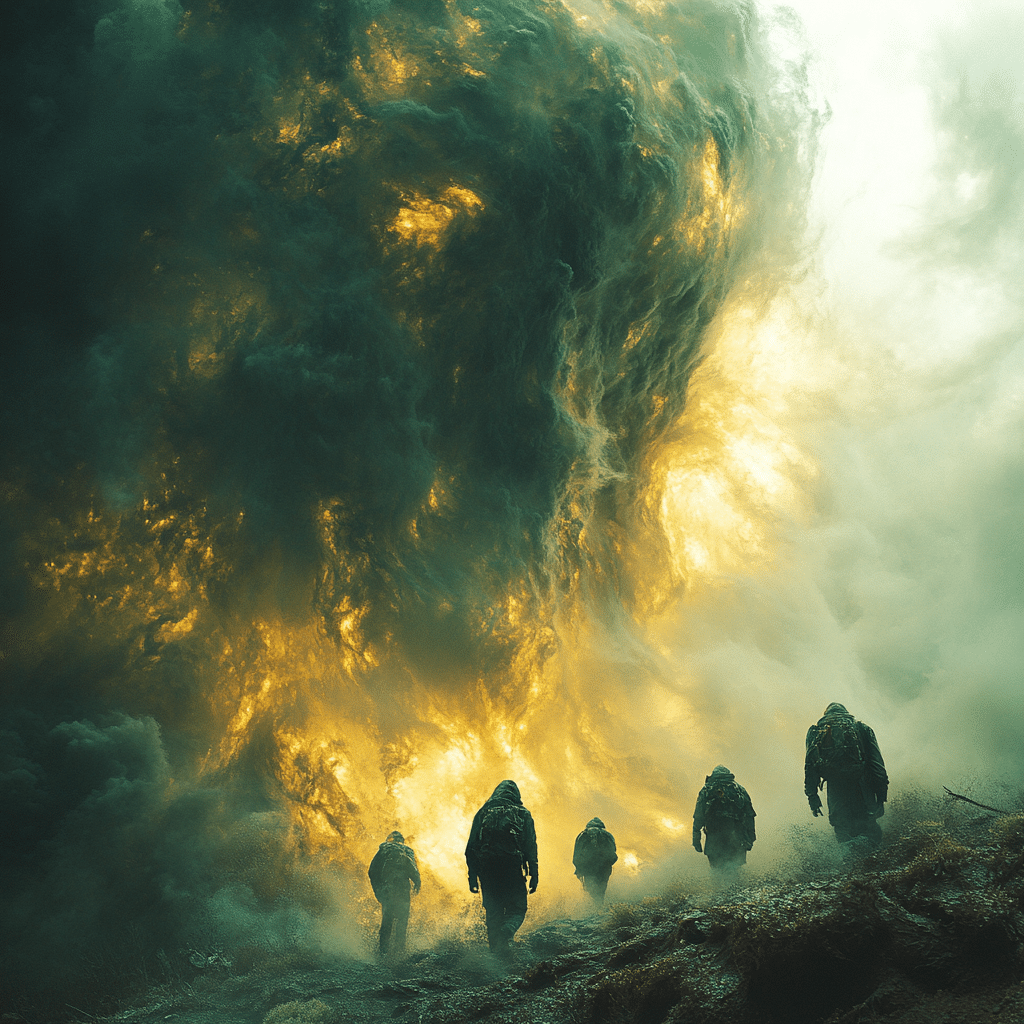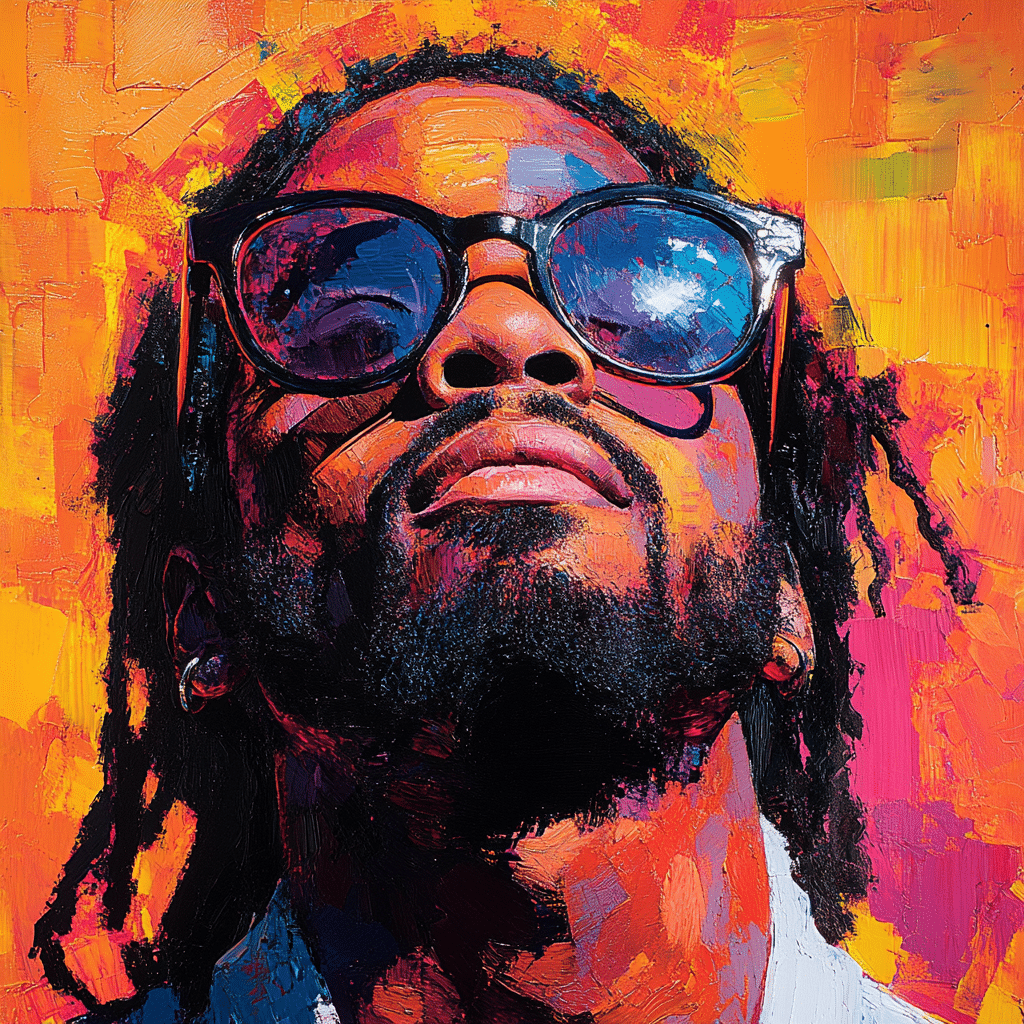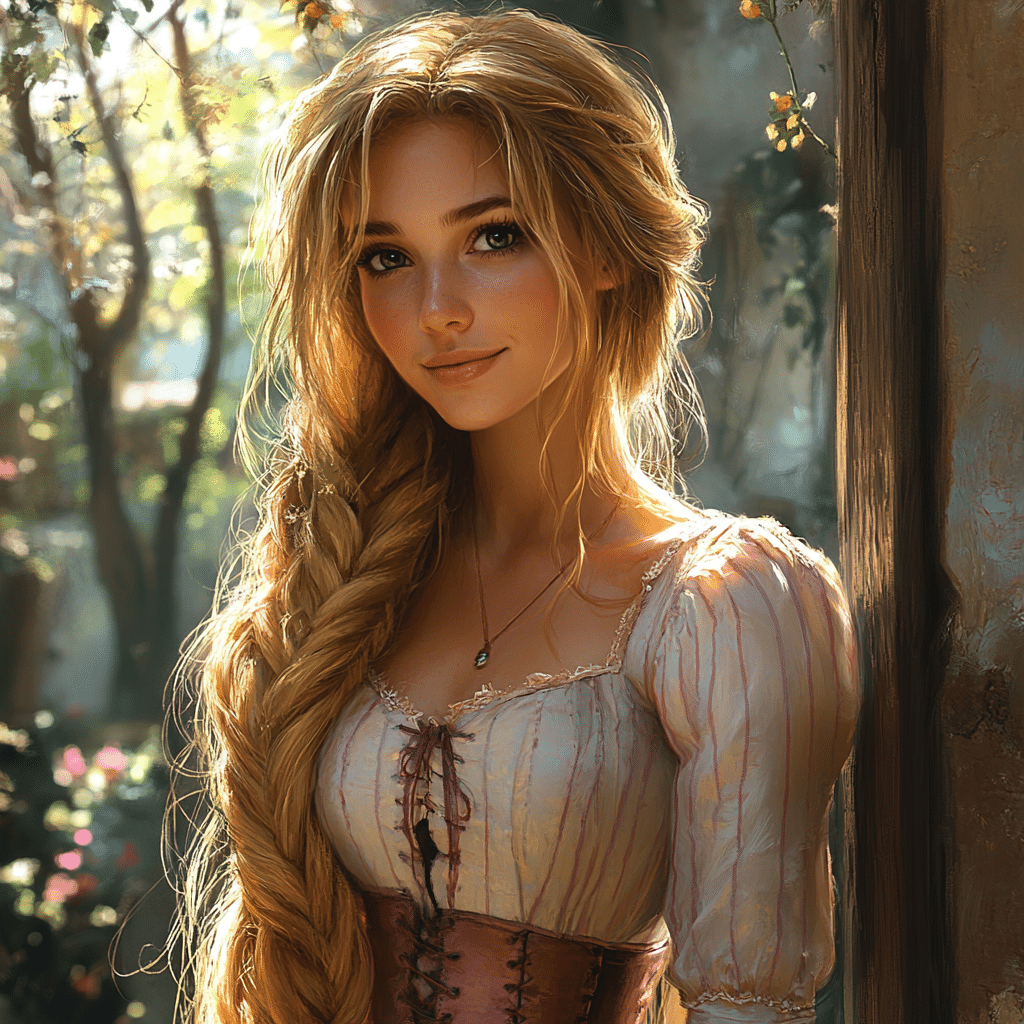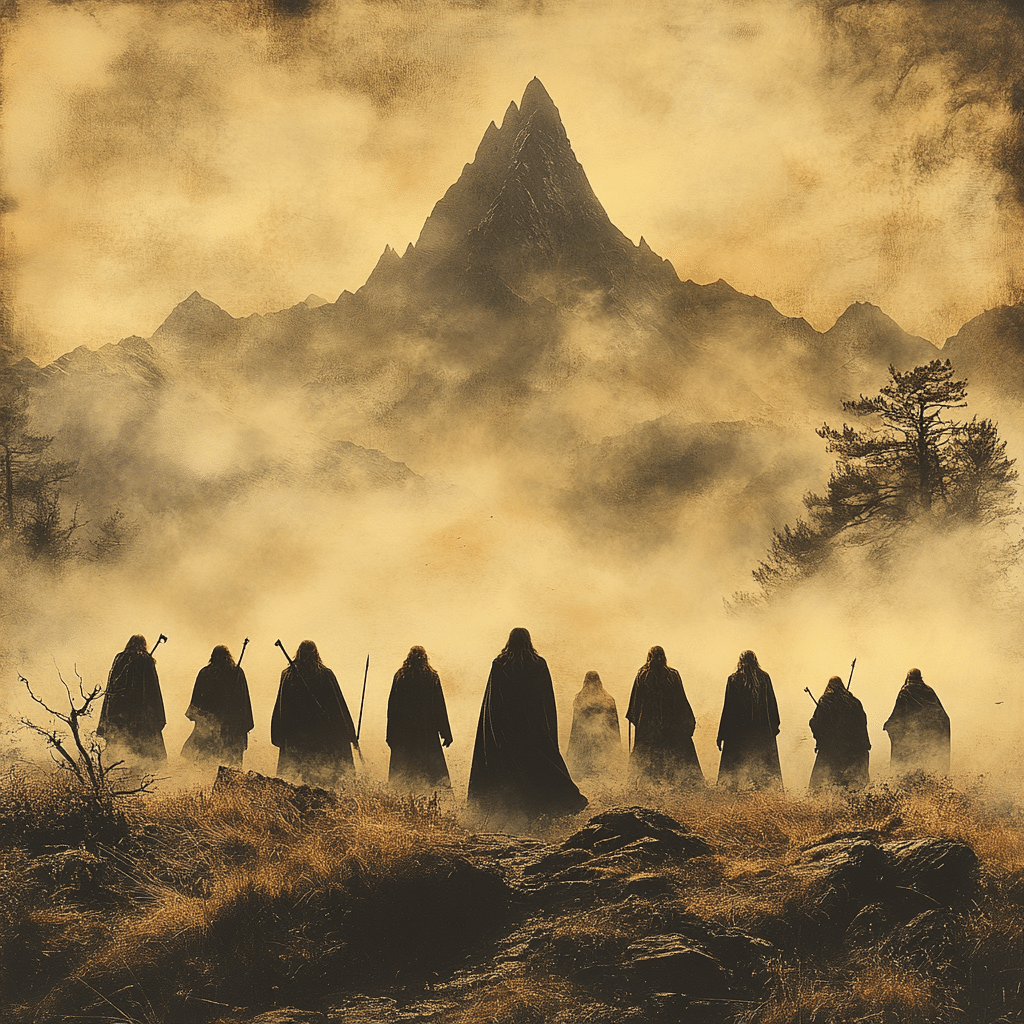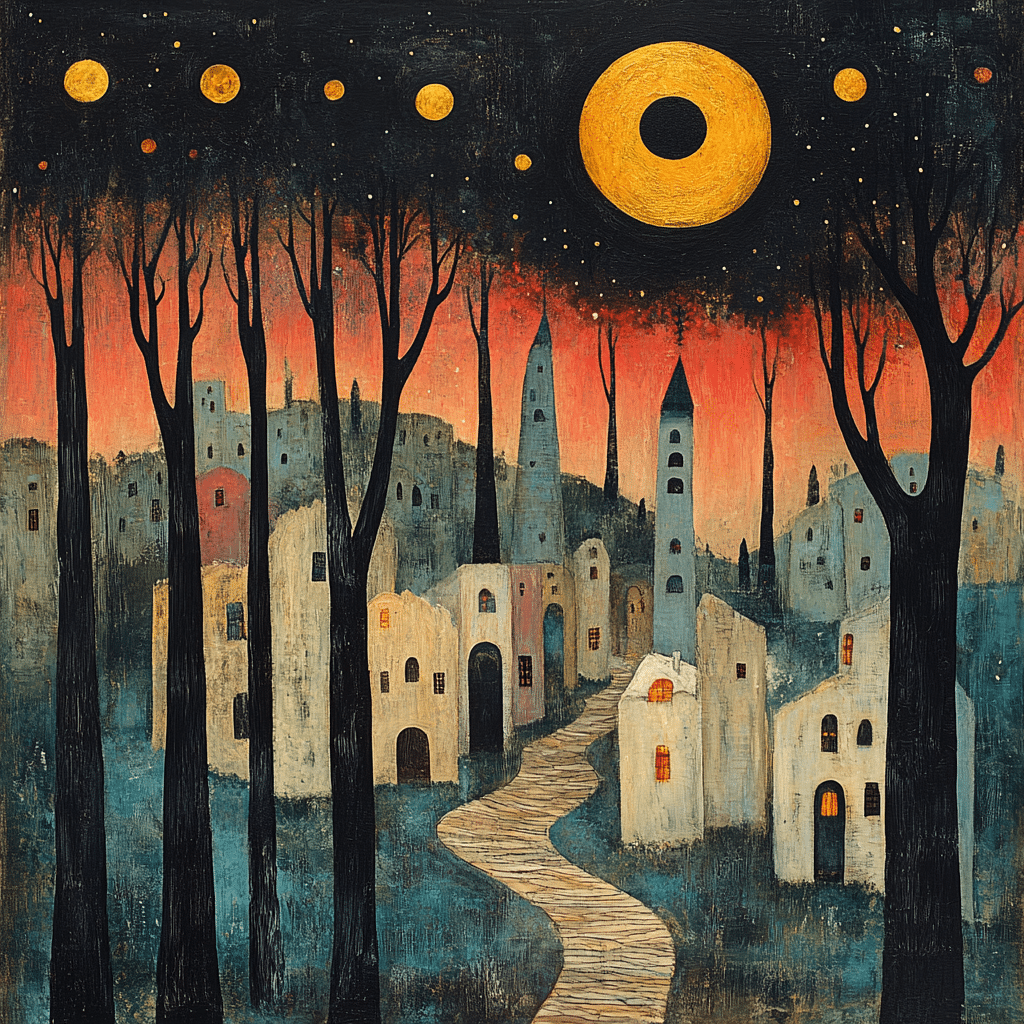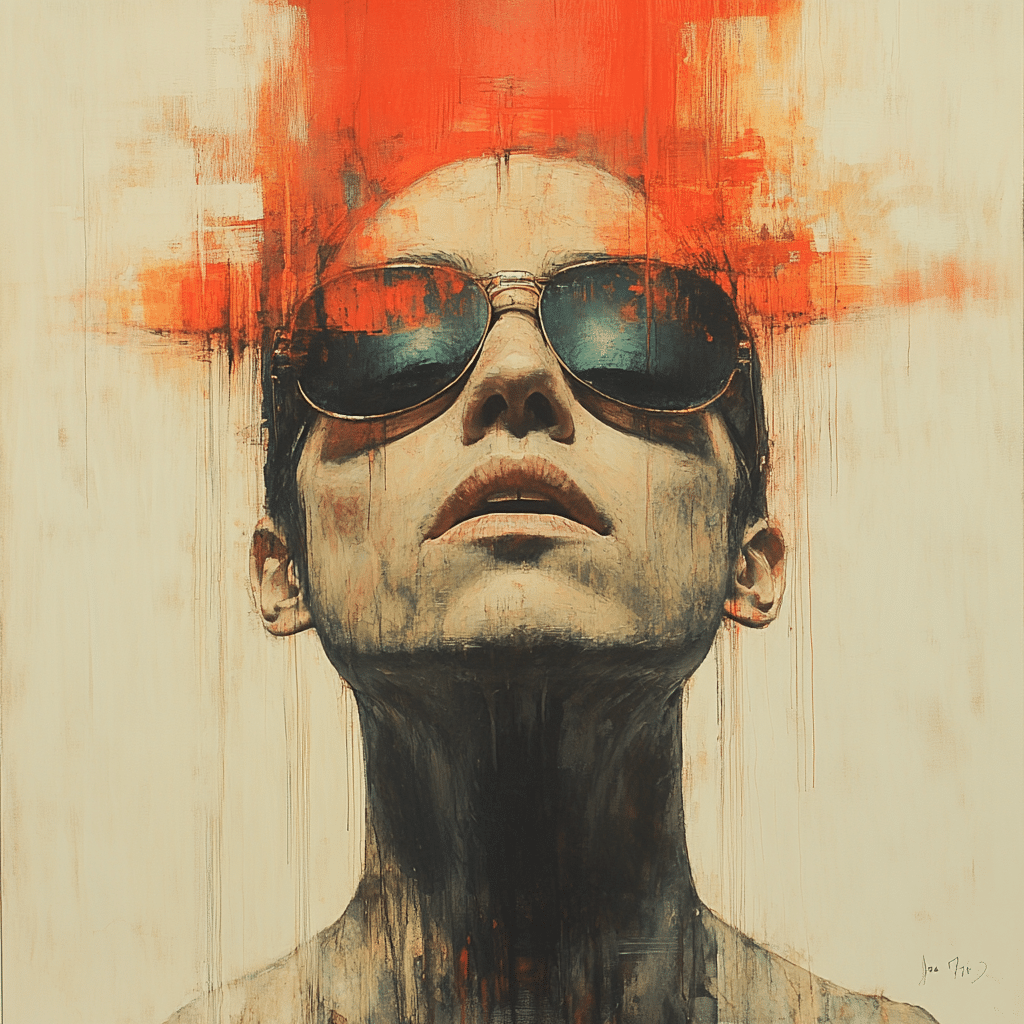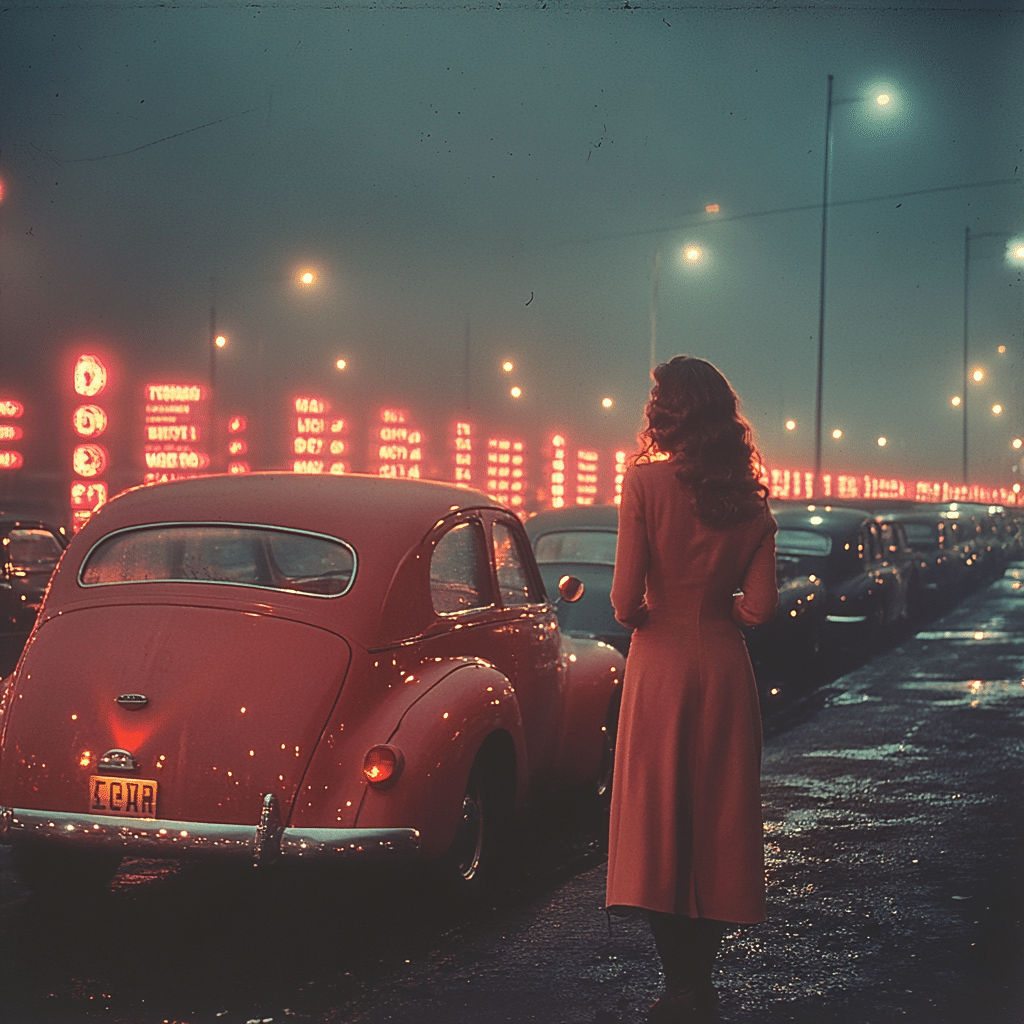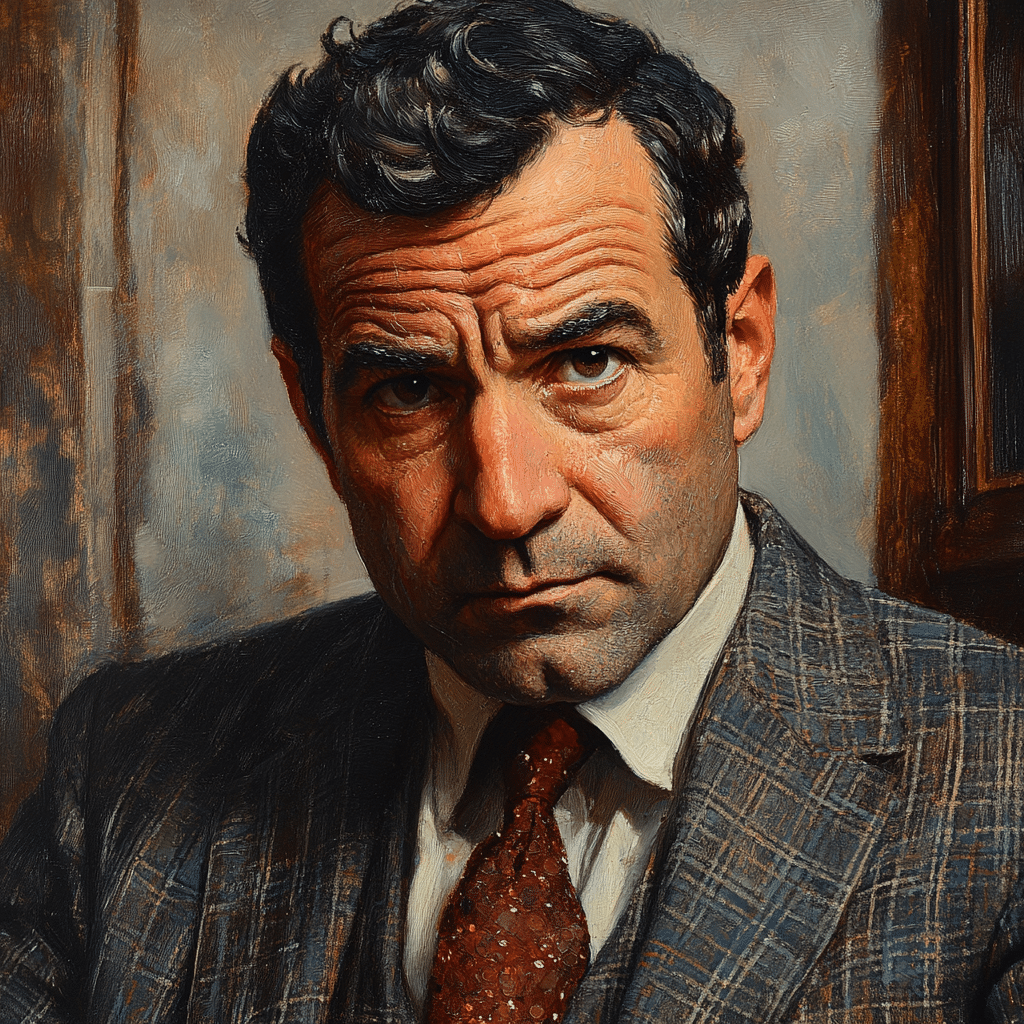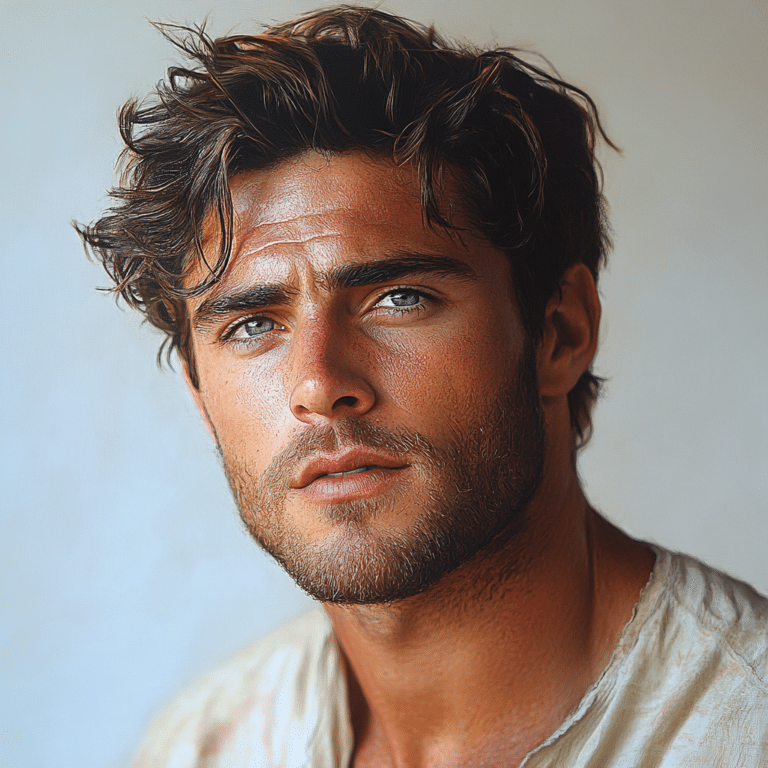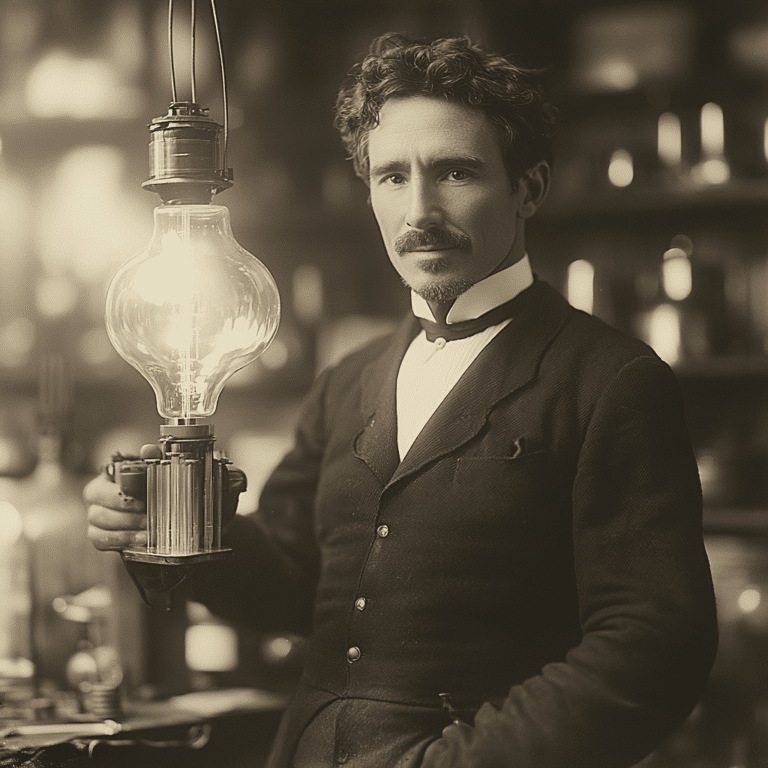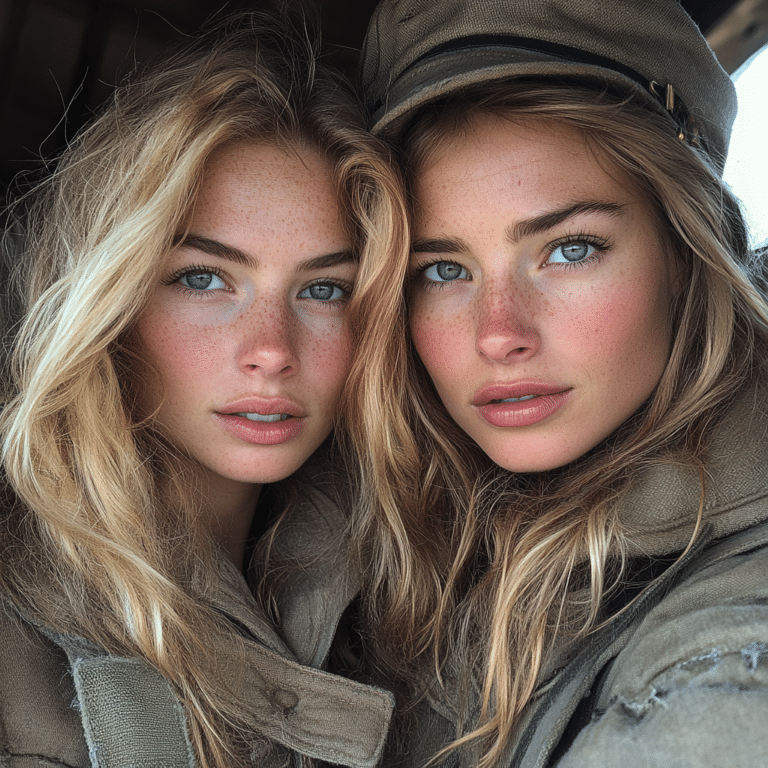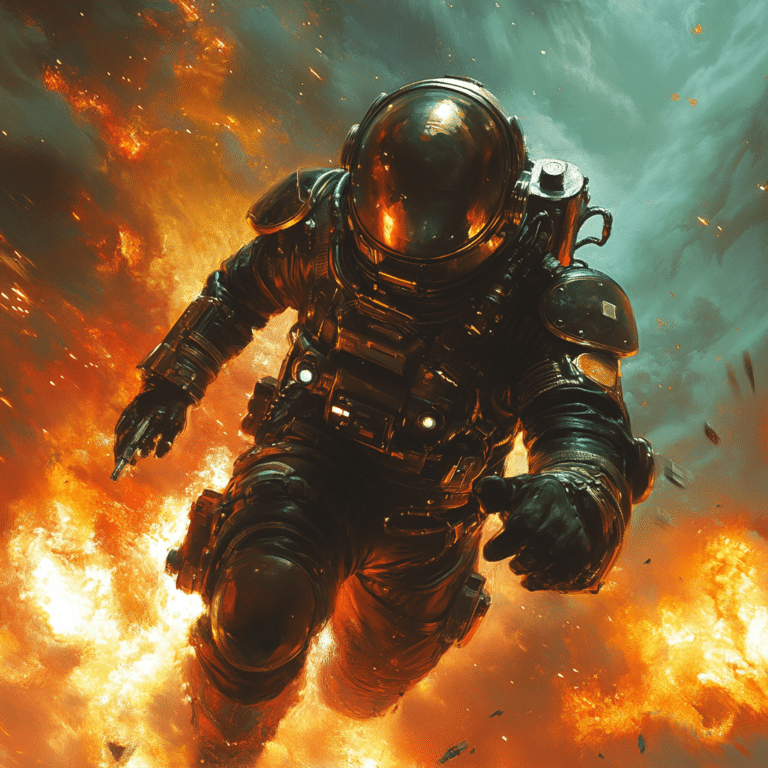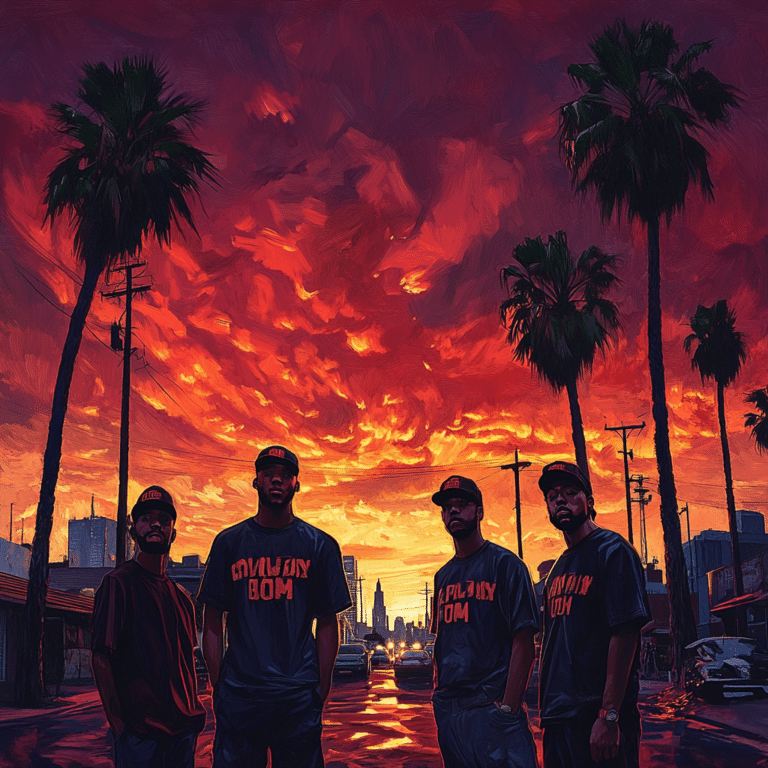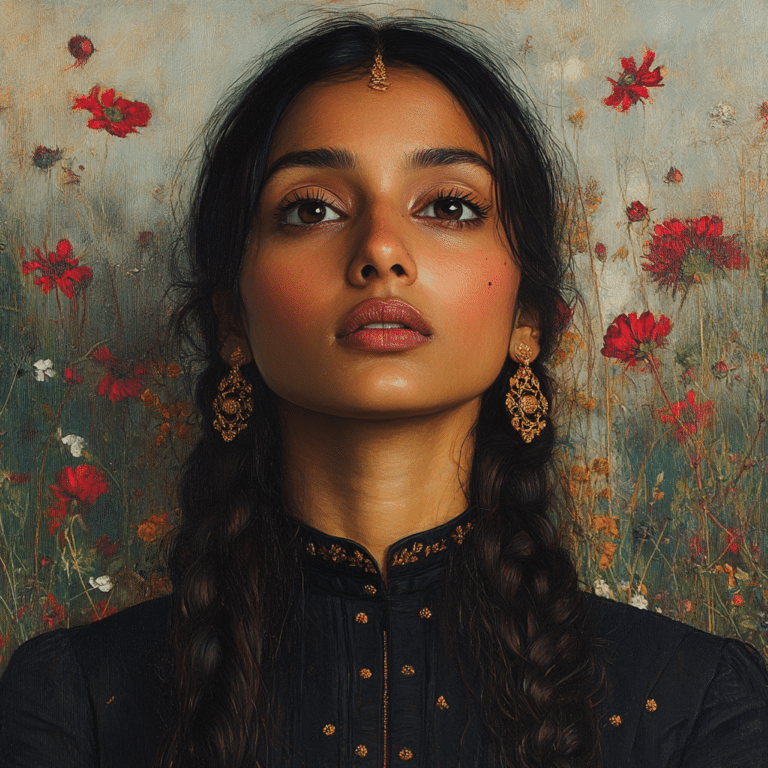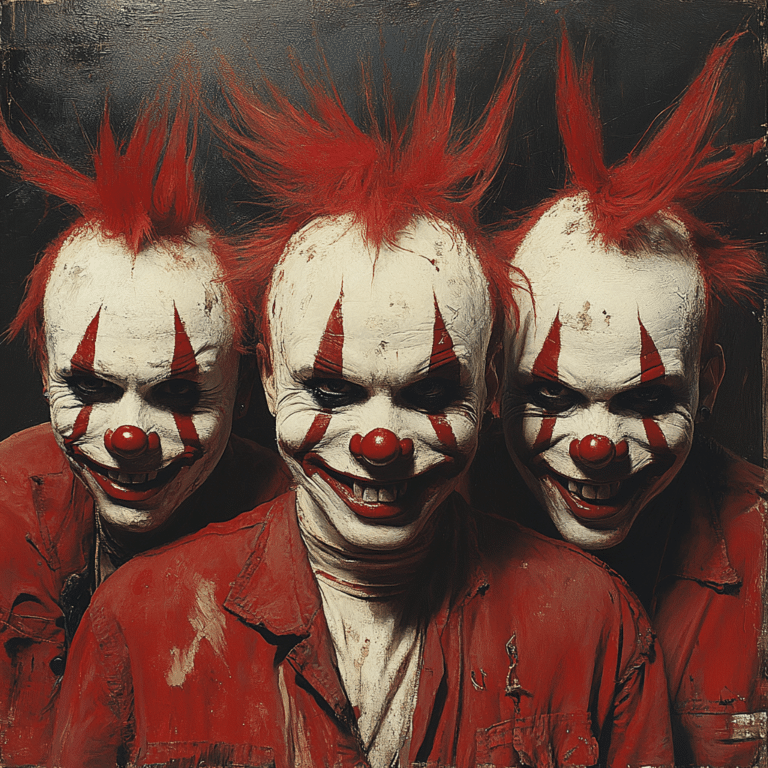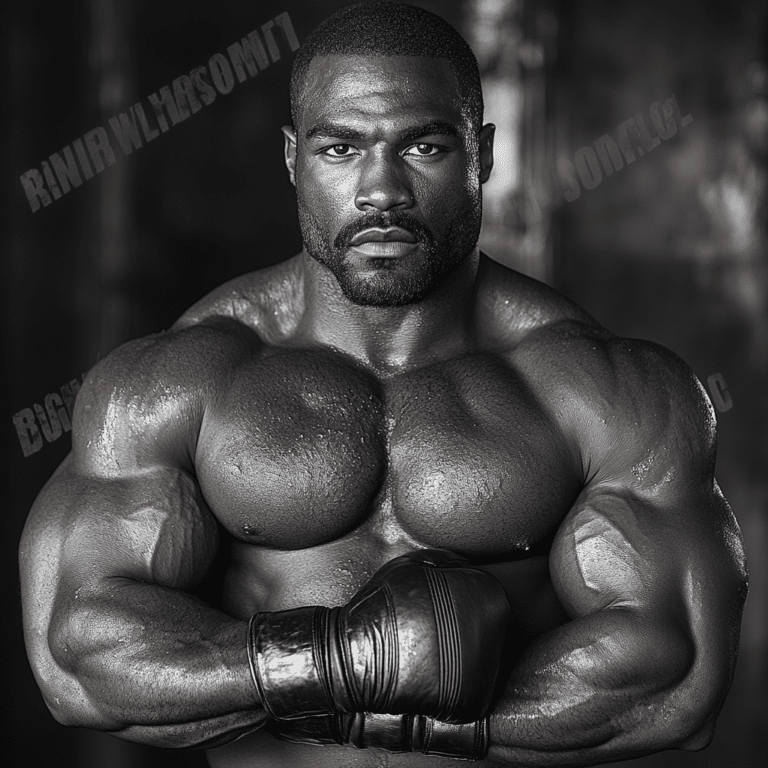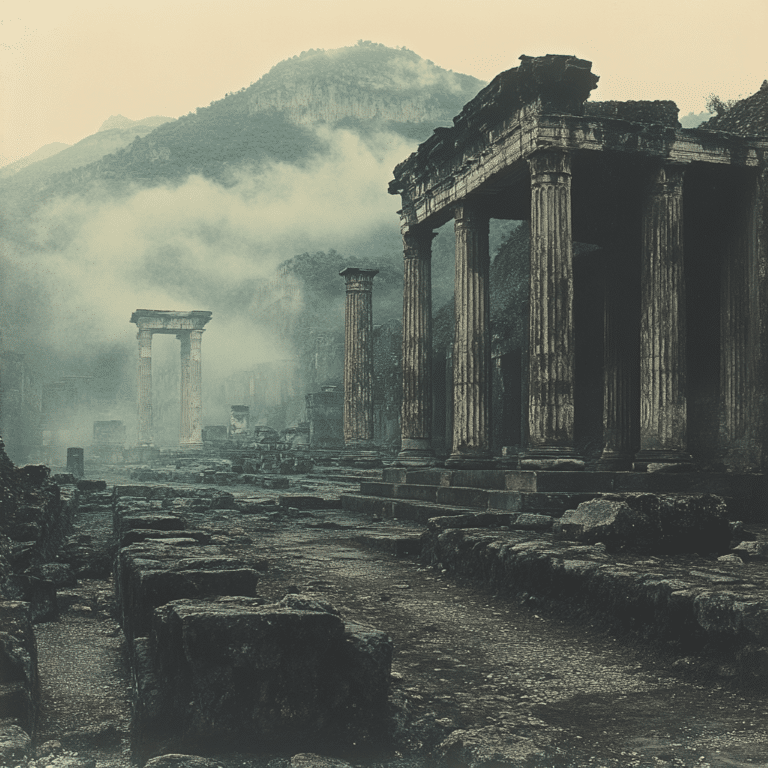The 2013 film adaptation of F. Scott Fitzgerald’s classic novel, directed by Baz Luhrmann, is more than just a retelling. It’s a cinematic experience that marries stunning visuals with a timeless story—a remix of the Jazz Age that still resonates today. As we dive into The Great Gatsby 2013, we’ll explore how Luhrmann’s fresh creative spin reignited the flames of a narrative that has charmed audiences for decades. Get ready to be dazzled, because this film isn’t just a feast for the eyes; it tackles monumental themes like wealth, love, and the ever-elusive American Dream.
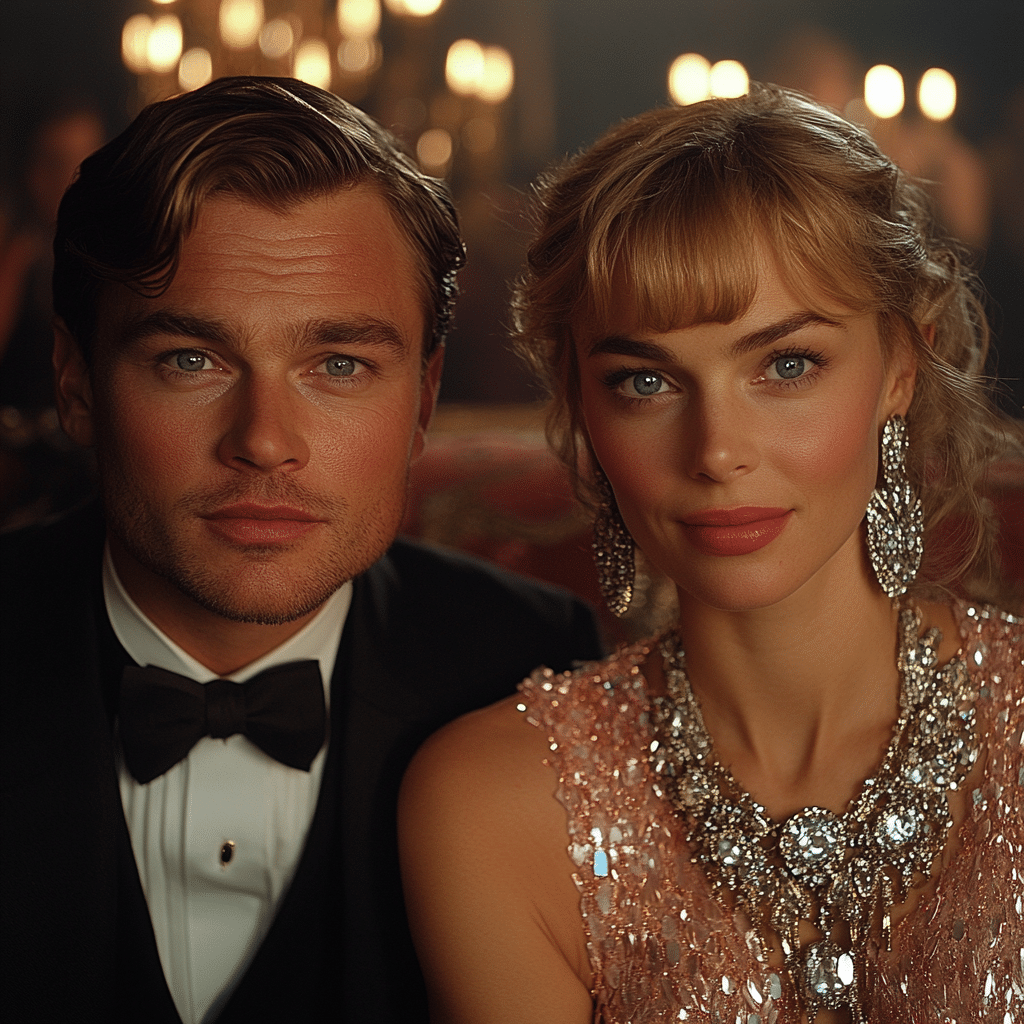
7 Stunning Visuals That Breathe New Life into The Great Gatsby 2013
1. Vibrant Color Palette
One of the first things that hits you in The Great Gatsby 2013 is its explosive color palette—think rich golds, deep greens, and mesmerizing blues. These aren’t just pretty colors; they mirror the emotional journeys of the characters. For example, the stark contrast of Gatsby’s opulence versus his hollow, yearning soul is vividly expressed through these hues. The colors embody the essence of the Jazz Age while adding a contemporary twist, enticing modern audiences to feel the story’s highs and lows.
2. Dynamic Cinematography
Cinematographer Simon Duggan really knocked it out of the park using revolutionary techniques like high-speed cameras and 3D effects. The result? An immersive experience that draws you right into Gatsby’s wild parties, where the line between reality and illusion becomes deliciously blurred. These dreamlike sequences make you feel like you’re partying right along with Daisy, Gatsby, and the rest of the gang, amplifying the overall emotional impact.
3. Lavish Set Designs
Catherine Martin’s production design is nothing short of iconic. Every corner of Gatsby’s mansion drips with luxury, designed to reflect not just wealth but also the emptiness that often accompanies it. You can almost hear the echoes of jazz music and the clinking of champagne glasses when you see this extravagant set, making it crucial to the film’s storytelling. This house is more than just a backdrop; it acts as a character itself, representing the American Dream’s allure and subsequent disillusionment.
4. Innovative Costume Design
Martin’s eye for costumes brilliantly captures the spirit of the Jazz Age while adding a splash of modern flair. Flapper dresses that sparkle like morning dew and sharply tailored suits embody the era’s glamour. The characters’ wardrobes serve as both historical homage and a way to engage today’s fashionistas. After all, who wouldn’t want to strut around in something that screams “Let’s party like it’s 1922!”?
5. Stunning Visual Effects
The visual effects in this adaptation play a significant role in elevating the storytelling. CGI is often met with skepticism, but here it enhances the wild celebrations of Gatsby’s parties beautifully. The swirling confetti and electrifying visuals transport us to an era of excess, reminding us that behind the glitter lies a deeper message about the hollowness of materialism.
6. Symbolic Use of Colors and Motifs
Colors are like characters in this film, telling stories of their own. The most poignant example? The green light across the bay, symbolizing Gatsby’s unattainable dreams and desires. This recurring motif haunts him throughout the film, making it a powerful visual that pulls at the viewer’s emotional strings. Luhrmann strategically emphasizes such symbols to help us connect more deeply with Gatsby’s struggles.
7. Emotional Visual Storytelling
Luhrmann’s narrative doesn’t just rely on dialogue; the film communicates powerful emotions through visuals. Wide shots of characters experiencing their highs and lows convey feelings of love, loss, and quest without a single word needing to be spoken. This silent communication between characters adds depth to their relationships, allowing the audience to soak in the emotional intensity of their journeys.

The Great Gatsby 2013: Themes That Resonate Across Time
A great challenge exists when transforming a literary classic into cinema, yet Luhrmann’s adaptation does justice to the story’s themes. The Great Gatsby reflects disillusionment with the American Dream, a topic that is still painfully relevant today. In a world where financial struggles touch so many lives, Gatsby’s relentless chase of success becomes a mirror to modern socio-economic issues.
Understanding the American Dream
The pursuit of wealth has been a cornerstone of American identity, but here it’s presented with a critical lens. Gatsby’s shiny exterior hides a profound emptiness that echoes current conversations around wealth inequality. This film ignites discussions about the true cost of success, making Fitzgerald’s critique of the American Dream as powerful in 2023 as it was in the 1920s.
Love, Loss, and Illusion
At its core, the film explores the turbulent love story between Gatsby and Daisy—a relationship steeped in idealism and obsession. Luhrmann skillfully exposes the fragility of these ideals, reminding us that love can sometimes be more damaging than delightful. The film isn’t merely a cautionary tale; it’s a mirror reflecting the often-blurred lines between love and fantasy.
Lasting Impact of The Great Gatsby 2013 on Film and Culture
The Great Gatsby 2013 didn’t just change the landscape of film; it also sparked debates across fashion, music, and literature. The eclectic soundtrack, featuring hits by contemporary artists like Lana Del Rey and Jay-Z, successfully tied the roaring twenties to the now. This musical connection brought Fitzgerald’s narrative to a younger audience, prompting them to explore the novel and its themes further.
A New Era of Storytelling in Film
Luhrmann’s vision conveys the importance of visual storytelling, showing how artistry can elevate even the most well-known tales. With The Great Gatsby, he fused groundbreaking visual elements with a rich narrative, inspiring filmmakers to blend innovation and authenticity. This film serves as a reminder that beneath the glamorous surface lies a potent narrative filled with rich layers of ambition, despair, and the quest for identity.
Through unforgettable visuals and resonant themes, The Great Gatsby 2013 is a vibrant reimagining of a classic that continues to stand tall in the cinematic world. As filmgoers and creatives look to the future, they can draw inspiration from this adaptation, paying homage to Luhrmann’s imaginative storytelling while embracing what truly makes a story timeless—its emotional core, which speaks to us even decades later.
So, the next time you watch The Great Gatsby 2013, remember: it’s not just a film; it’s a richly woven tapestry of human experience that begs to be felt, pondered, and cherished.
The Great Gatsby 2013: Stunning Visuals and Timeless Story
Eye-Popping Aesthetics and Fun Facts
“The Great Gatsby” (2013) is a visual feast that dazzles audiences with its lavish production and striking cinematography. Directed by Baz Luhrmann, the film brings F. Scott Fitzgerald’s classic novel to life through vibrant colors and extravagant sets, reminiscent of the glamor of the Roaring Twenties. Interestingly, the film’s opulence isn’t just for show; it echoes today’s pop culture, much like the energetic style found on the Disney Channel. Did you know that the design team even studied real-life 1920s parties to nail the details? Talk about dedication!
While Leonardo DiCaprio steals the show as the enchanting Jay Gatsby, other cast members bring their own flair. Among these is Tobey Maguire, who portrays Nick Carraway—Gatsby’s steadfast friend. If you peek behind the scenes, you’ll discover that the film’s music plays just as important a role, featuring contemporary artists blending jazz and modern beats. This fusion recalls the theme from the Cast Of Subservience, which explores the interplay between different times and styles. For those who appreciate hearing voices from pop culture, notable cameos are scattered throughout the film, reminiscent of characters like Jake from State Farm—you never know who might pop up!
Cultural Connections and Behind-the-Scenes Gems
The film’s production had its fair share of surprises, too. For instance, the intricate visual effects sequenced scenes through a process that felt akin to aerial acrobatics, much like the thrilling water dances from the remake of Dirty Dancing 2017. Plus, Baz Luhrmann initially considered turning Fitzgerald’s tale into a stage musical, showcasing his love for diverse storytelling formats. Speaking of memorable performances, keep an eye out for Moses Martin; his role, albeit small, packs quite the punch!
Gatsby’s lavish lifestyle and grand parties are not just to impress; they reflect deeper themes of class struggles and the American Dream. This tension is emphasized with other character dynamics, much like the evolving relationships one might find within a creative project—think of the rising popularity of figures like Shelby Stotts in today’s media. As captivating as the film is, fans often discuss how it mirrors the struggle against societal expectations, which is a conversation that’s ever-relevant. Finally, the movie serves as a visual companion to an intriguing narrative. Much like an anvil, it shapes the discussions on aspirations and identity in the modern age. Don’t be surprised if you find yourself reevaluating what you truly want in life after watching.
In summary, “The Great Gatsby 2013” doesn’t just reimagine a story; it celebrates the complexities of love, ambition, and authenticity, all while pulling viewers into a dynamic realm of style and substance.
